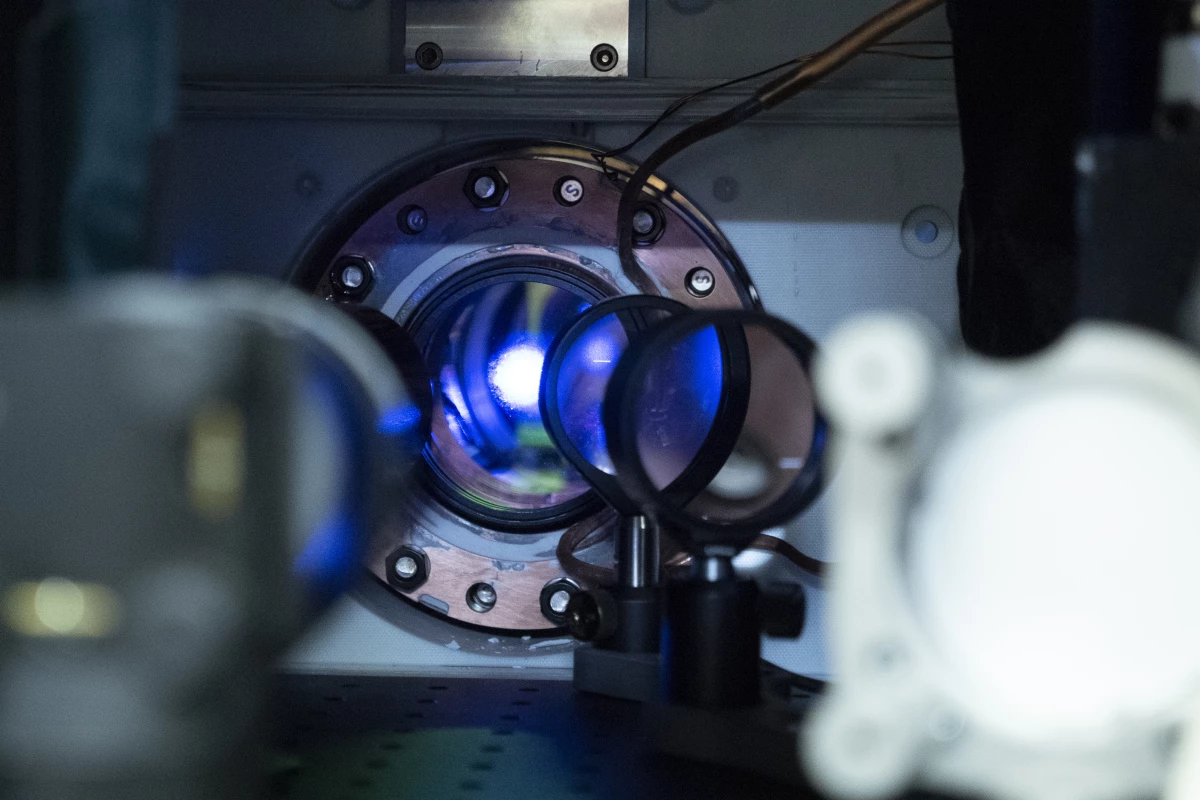The flow of time isn’t as consistent as we might think – gravity slows it down, so clocks on the surface of Earth tick slower than those in space. Now researchers have measured time passing at different speeds across just one millimeter, the smallest distance yet.
The idea that time would be affected by gravity was first proposed by Albert Einstein in 1915, as part of his theory of general relativity. Space and time are inextricably linked, and large masses warp the fabric of spacetime with their immense gravitational influence. This has the effect of making time pass more slowly closer to a large mass like a planet, star, or, in the most extreme example, a black hole. This phenomenon is known as time dilation.
Here on Earth, time dilation effectively means that time moves more quickly at higher elevations. So for instance, time passes faster on the summit of Mount Everest than at sea level, but it applies over smaller distances too – someone living in a 10th floor apartment will age faster than someone on the first floor, and your head ages faster than your feet.
Of course, the differences in the passage of time across these distances are so tiny as to be unnoticeable, but they can be measured using atomic clocks, which keep time very precisely using the reliable ticks of atoms. By comparing atomic clocks on satellites and planes to those on the ground, scientists have been able to measure time dilation over distances of up to thousands of kilometers. But in a new study, researchers at JILA have measured time dilation over the smallest distance yet – just one millimeter.
To make this measurement, the team used an atomic clock composed of an ultracold cloud of about 100,000 strontium atoms. The clock’s “ticking” comes from the atoms switching back and forth between two energy levels, which they do at an extremely reliable frequency. Through careful control of these energy states, the team was able to make all the atoms in the cloud tick in perfect unison for 37 seconds, a record length of time.
Currently, the force of gravity can’t be explained in terms of quantum physics, but being able to measure its effects on smaller and smaller scales could unlock its secrets and perhaps reveal the missing link between quantum and classical physics.
In this particular atomic clock, the atoms were loaded into an optical lattice, which arranges them into several thin layers like a stack of pancakes. Once the atoms were ticking in unison, the scientists used extremely precise imaging techniques to measure the ticking in the top of the stack compared to the bottom.
And sure enough, they detected a difference between the two regions, due to the time dilation. The shift in frequencies was of course tiny, only 0.0000000000000000001, but it was measurable.
The team says that this work could not only help make atomic clocks 50 times more precise than they are now, but it could open up new tools to probe the mysteries of physics. Currently, the force of gravity can’t be explained in terms of quantum physics, but being able to measure its effects on smaller and smaller scales could unlock its secrets and perhaps reveal the missing link between quantum and classical physics.
“The most important and exciting result is that we can potentially connect quantum physics with gravity, for example, probing complex physics when particles are distributed at different locations in the curved space-time,” said Jun Ye, lead author of the study. “Being able to measure the time difference on such a minute scale could enable us to discover, for example, that gravity disrupts quantum coherence, which could be at the bottom of why our macroscale world is classical.”
The research was published in the journal Nature. The team explains the work in the video below.
Source: NIST




